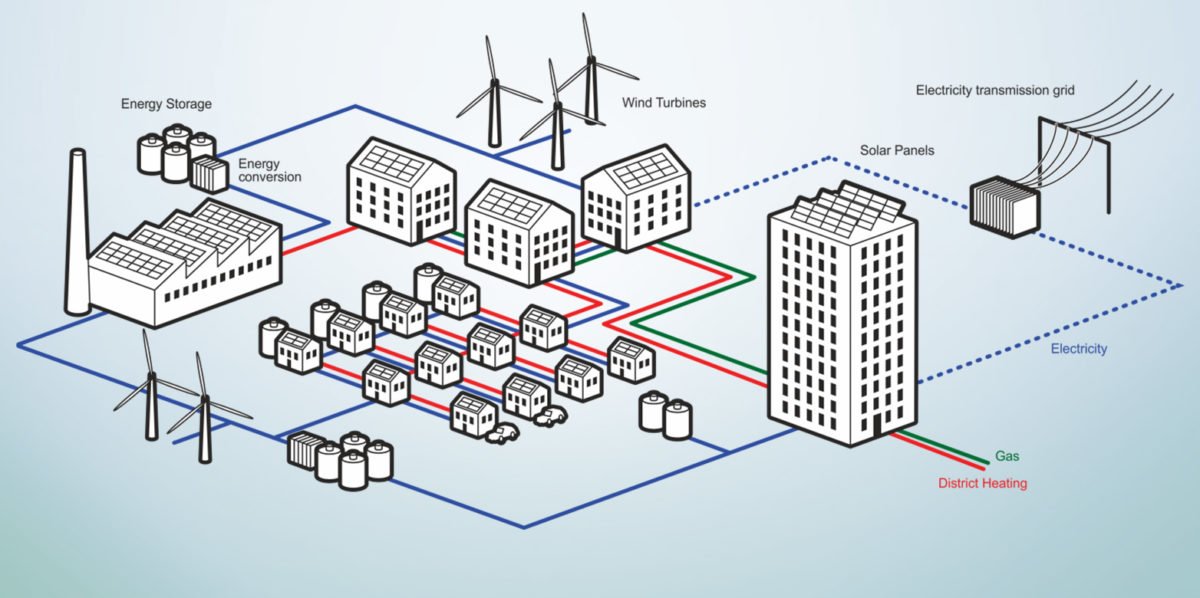Introduction
The world is experiencing a growing need for cleaner and more sustainable energy sources. Solar energy, in particular, has emerged as a powerful solution to reduce greenhouse gas emissions and transition towards a more environmentally friendly energy landscape. Beyond its environmental benefits, solar energy also plays a crucial role in enhancing grid resilience and stability. In this technical blog, we will explore the relationship between solar energy and grid resilience and how this synergy can bolster the reliability of our energy infrastructure.
Understanding Grid Resilience
Grid resilience refers to the ability of an electrical grid to withstand and recover from disruptions, whether caused by natural disasters, cyberattacks, equipment failures, or other unexpected events. A resilient grid ensures that power is continuously available to consumers, even in adverse conditions. Achieving grid resilience is critical to minimizing downtime, preventing economic losses, and ensuring public safety.
The Challenges to Grid Resilience
Electric grids face a myriad of challenges that can compromise their resilience:
- Extreme Weather Events: Hurricanes, tornadoes, wildfires, and severe storms can damage power lines, substations, and other grid infrastructure, leading to widespread outages.
- Cybersecurity Threats: In an increasingly interconnected world, cyberattacks on grid infrastructure have become a significant concern. Attackers can disrupt the grid’s operation, potentially causing blackouts.
- Aging Infrastructure: Many grid components are outdated and in need of replacement or modernization. Aging infrastructure is more susceptible to failures, which can trigger cascading outages.
- Dependency on Fossil Fuels: Traditional power plants that rely on fossil fuels are vulnerable to supply chain disruptions and fuel shortages, which can lead to power shortages during crises.
The Role of Solar Energy in Enhancing Grid Resilience
Solar energy, when integrated strategically into the grid, can address several of these challenges and significantly enhance grid resilience. Here’s how:
- Distributed Generation:
Solar panels can be installed on rooftops, in communities, and even on individual homes. This distributed generation approach reduces the reliance on centralized power plants, making the grid less vulnerable to large-scale failures. Even if one part of the grid is affected, other areas with solar installations can continue to generate electricity.
- Energy Storage:
Solar power systems can be combined with energy storage solutions such as batteries. These systems store excess solar energy generated during the day and release it when needed, providing a reliable source of power during outages or during the night when the sun isn’t shining.
- Grid Decentralization:
Solar energy encourages the development of micro grids – smaller, localized grids that can operate independently from the main grid. In the event of a grid disruption, micro grids can isolate themselves and continue supplying power to critical infrastructure like hospitals, emergency services, and communication networks.
- Reduced Environmental Impact:
By reducing reliance on fossil fuels, solar energy mitigates the risk associated with supply chain disruptions and fuel shortages. Additionally, solar energy production does not release greenhouse gases, making it less susceptible to climate-related disruptions.
- Cybersecurity:
While no energy system is entirely immune to cyberattacks, distributed solar power systems can be designed with robust cybersecurity measures. Decentralized energy production reduces the single points of failure and can limit the extent of cyber damage in case of an attack.
- Grid Modernization:
The integration of solar energy often goes hand-in-hand with grid modernization efforts. Upgrading the grid infrastructure to accommodate solar power also means replacing or improving aging components, which enhances overall grid resilience.
Conclusion
Solar energy plays a vital role in enhancing grid resilience by diversifying energy sources, decentralizing power generation, and reducing environmental vulnerabilities. Integrating solar power into the grid, along with advanced technologies like energy storage and microgrids, can mitigate the impacts of extreme weather events, cyber threats, and other challenges to grid stability. As we move towards a cleaner and more sustainable energy future, embracing solar energy is not only an environmental imperative but also a crucial step towards a more resilient and reliable electrical grid.


